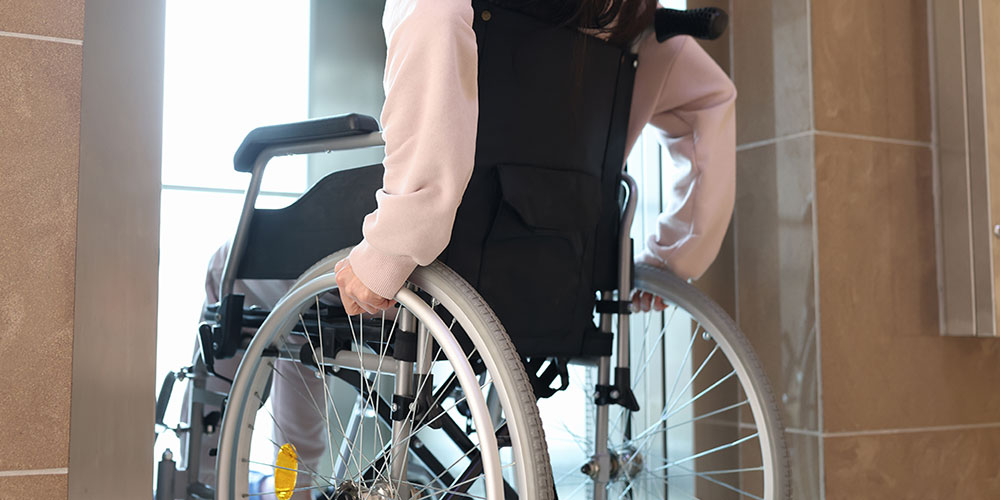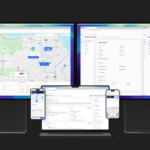In the landscape of higher education, the pursuit of knowledge should be equally accessible to all students, regardless of their physical abilities. Yet, an often overlooked aspect of campus accessibility is the reliability and functionality of elevators in dorms, libraries, lecture buildings, and research facilities. Campus administrators and facility managers must understand the significance of well-maintained elevators in creating an inclusive educational environment and ensuring equal access for students with mobility challenges.
The Americans with Disabilities Act (ADA) is a federal law protecting the civil rights of those with disabilities. It mandates that both private buildings and public spaces, including educational institutions, provide reasonable accommodations for people with disabilities. This legal requirement extends to elevator accessibility in multi-level buildings.
However, meeting the bare minimum of legal standards should not be the goal for campuses. Educational institutions have an ethical obligation to go beyond compliance and strive for true inclusivity.
RELATED: 3 Architects Share Tips for Improving School Safety Through Design
The key is cultivating a culture where accessibility is not an afterthought but an integral part of campus planning and operations. Embracing universal design principles in all aspects of campus development can benefit all users. These principles focus on creating environments and products that are inherently accessible to people of all ages, sizes, and abilities without requiring adaptation or specialized design. In the context of campus elevators, this might include features like wider doorways, tactile buttons, visual and auditory cues, and intuitive control panels.
Features that assist students, faculty, and staff with disabilities often improve the experience for everyone. For instance, wider elevator doors and extended door-open times assist not only mobility device users but also those carrying large projects, moving equipment, or pushing strollers.
Elevator Safety and Accessibility: Include Elevator Maintenance in Annual Campus Budget
Actively seeking input from people with disabilities regarding their experiences with campus elevators and other accessibility features can provide invaluable insights for improvements. Their firsthand experiences can guide more effective and user-friendly solutions. Educating all campus staff, from facilities management to faculty, about the importance of elevator accessibility can lead to quicker reporting of issues and a more empathetic approach to temporary disruptions.
Developing clear communication channels to inform the campus community about elevator maintenance schedules or unexpected outages is crucial. The use of multiple platforms including campus apps, email alerts, and visible signage can ensure widespread awareness and help students plan accordingly. Prioritizing funding for elevator maintenance and upgrades in annual budgets is essential. These expenses should be viewed not as optional costs but as essential investments in equal educational access and safety.
RELATED: Next Level Crisis Planning for Students with Disabilities
Incorporating features that cater to a range of disabilities is essential for true accessibility. A comprehensive approach will include installing Braille signage, implementing audible floor announcements, and positioning buttons at accessible heights. Integrating advanced technologies, such as 3D infrared detectors, can enhance safety and accessibility by preventing doors from closing on wheelchairs or other mobility aids.
However, many campus facilities struggle to adhere to compliance requirements, particularly in older buildings. ADA compliance standards are continually updated, and the physical constraints of existing structures can pose significant challenges. Upgrading these elevators often requires extensive and costly renovations, including enlarging hoistways and potentially rerouting plumbing and electrical systems.
Maintaining elevator reliability also extends beyond meeting annual inspection requirements. Implementing a rigorous, proactive maintenance schedule is vital for preventing unexpected breakdowns and ensuring consistent functionality. Collaborating closely with certified elevator technicians allows for the early identification and resolution of potential issues, significantly reducing downtime.
Planning for Emergencies and Elevator Outages
Alongside regular maintenance, developing comprehensive emergency response plans for elevator-related incidents is critical. This preparedness includes regular testing of in-elevator communication systems and thorough training of campus security personnel to respond swiftly to entrapments or malfunctions, making a crucial difference in emergency situations.
As technology advances and accessibility standards evolve, educational institutions should consider periodic upgrades to their elevator systems. Modernization not only improves reliability and energy efficiency but also enhances the overall user experience while ensuring compliance with the latest safety and accessibility standards.
RELATED: Going Up? Prioritizing Elevator Safety in Schools and Hospitals
While aiming for 100% elevator uptime is ideal, it’s equally important to have robust contingency plans in place. Developing and clearly communicating alternative routes or temporary accommodations for times when elevators are unavailable due to maintenance or unexpected issues helps maintain accessibility even during disruptions, ensuring that students with mobility challenges can always access their educational spaces. To further support this goal, campuses should secure 24/7 availability from their elevator service providers. This round-the-clock access to technicians is crucial for addressing unexpected issues promptly, minimizing disruptions to campus life, and maintaining accessibility at all hours.
The impact of well-maintained, accessible elevators extends far beyond mere physical access. It sends a powerful message about the institution’s commitment to inclusivity and equal opportunity. People with disabilities who can navigate campus buildings independently feel more integrated into the campus community, leading to improved academic performance and overall college experience.
As we strive to create safe and inclusive learning environments, the role of reliable elevators cannot be overstated. They are not just transportation devices but essential bridges that connect all levels of our campuses, ensuring the flow of knowledge and opportunity reaches every student, regardless of physical ability. By prioritizing elevator maintenance, embracing universal design, and fostering a culture of accessibility, educational institutions can truly elevate their commitment to equal access.
Jack O’Shea is the owner and president of Start Elevator, an elevator service and modernization company based in New York City.
NOTE: The views expressed by guest bloggers and contributors are those of the authors and do not necessarily represent the views of, and should not be attributed to Campus Safety.













